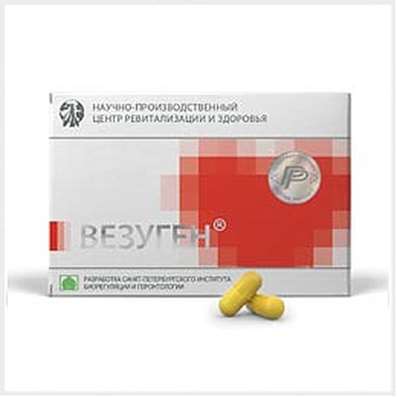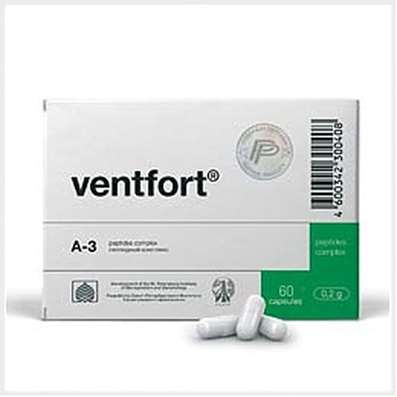Instruction for use: Elocom S
I want this, give me price
Active substance Mometasone + Salicylic acid
ATX code D07XC03 Mometasone in combination with other drugs
Pharmacological group
Glucocorticosteroids in combinations
Nosological classification (ICD-10)
L20 Atopic dermatitis
Itchy atopic eczema, Common neurodermatitis, Allergic skin diseases, Allergic skin diseases of non-infectious etiology, Allergic skin diseases of non-microbial etiology, Allergic skin diseases, Allergic skin lesions, Allergic manifestations on the skin, Allergic dermatitis, Allergic diathesis, Allergic itching dermatosis, Allergic Skin Disease, Allergic skin irritation, Dermatitis allergic, Atopic dermatitis, Dermatosis allergic, Diathesis exudative, Skin Allergic Disease, Skin allergic reaction to medicinal and chemical preparations, Skin reaction to medication, Skin and allergic disease, Acute eczema, Chronic atopic dermatitis, Exudative diathesis, Itching allergic dermatosis
L21 Seborrheic dermatitis
Dermatitis seborrheic, Increased sebum separation, Seborrheic Eczema, Seborrheic dermatitis of the scalp, Seborrheic pyodermatitis, Seborrhea, Eczema seborrheic
L40 Psoriasis
Chronic psoriasis with diffuse plaques, Generalized psoriasis, Psoriasis of the scalp, Psoriasis of the scalp, Generalized form of psoriasis, Psoriasis dermatitis, Psoriasis complicated by erythroderma, Invalidative psoriasis, Isolated psoriatic plaque, Exfoliative psoriasis, Psoriatic Erythroderma, Psoriasis with eczematosis, Hyperkeratosis in psoriasis,Inverse psoriasis,Psoriasis eczematous, Dermatosis of psoriasis, Psoriasis of the genitals, Psoriasis with lesions of hairy areas of skin, Erythrodermal psoriasis, Chronic psoriasis of the scalp, Chronic psoriasis, Ordinary psoriasis, Refractory psoriasis, Kebner phenomenon, Scaly lichen
Composition and form of release
Ointment 1 g
Mometasone furoate 1mg (0.1%)
Salicylic acid 50 mg (5%)
Auxiliary substances: hexylene glycol; purified water; Propylene glycol stearate; Wax white; Petroleum jelly white
In tubes of 15 or 45 grams, in a box of 1 tube.
Description of dosage form
Homogeneous ointment is white or almost white.
pharmachologic effect
Pharmacological action - vasoconstrictive, antipruritic, keratolytic, anti-inflammatory local.
Pharmacodynamics
Mometasone furoate - GCS (glucocorticosteroids). It has anti-inflammatory, antipruritic and vasoconstrictive properties. In general, the mechanism of anti-inflammatory action of GCS of topical application is unclear. It is believed that SCS induces the release of proteins that inhibit phospholipase A2 and are known collectively as lipocortins. It is believed that these proteins control the biosynthesis of such potent inflammatory mediators as PG and LT by inhibiting the release of their common precursor, arachidonic acid. Arachidonic acid is released from membrane phospholipids by phospholipase A2.
In experiments in vitro (process or reaction in an artificial medium (in vitro)), it was shown that mometasone furoate is a potent inhibitor of the synthesis of 3 cytokines involved in the development of the inflammatory process and its maintenance - IL (interleukin) -1, IL-6 and Α-factor of tumor necrosis (TNF (tumor necrosis factor) -alpha;). Salicylic acid causes exfoliation of the stratum corneum.
Pharmacokinetics
After a single local application of the ointment, approximately 1.5% of the applied dose is absorbed by the systemic absorption. The drug, which enters the systemic circulation, is excreted in the urine and feces.
Indications
Removal of inflammatory manifestations and hyperkeratosis in psoriasis; Atopic and seborrheic dermatitis.
Contraindications
Hypersensitivity to mometasone furoate, salicylic acid and other components of the drug;
Children's age (up to 12 years);
Bacterial, viral (simple herpes, chicken pox, shingles), fungal skin infections;
Rosacea;
Perioral dermatitis;
Postvaccinal reactions;
tuberculosis;
syphilis.
pregnancy and lactation
Controlled studies of the use of the drug during pregnancy have not been conducted. Elokom CŪ ointment can be used in pregnant women only if the expected benefit of the treatment justifies the possible risk to the fetus.
The information that local application of GCS or salicylic acid can lead to systemic action and the detection of the drug in breast milk is not available. Since many drugs are excreted in breast milk, caution should be exercised when administering Elocom CŪ ointment to nursing women.
Side effects
Weak or moderate burning sensation at the site of ointment application, itching, skin atrophy, peeling, irritation, skin maceration, dry skin, folliculitis, acne, hypopigmentation, perioral dermatitis, allergic contact dermatitis, atrophic skin bands, sweat, secondary infections, hypertrichosis. Children, in addition, may suppress the function of the hypothalamic-pituitary-adrenal system, incl. With the development of Cushing's syndrome.
Interaction
With local application of the ointment, small amounts of salicylates in the blood plasma were noted. According to data on the interaction of salicylates with other substances after ingestion or application to the skin, it is possible to change the effect of the following medicinal compounds: tolbutamide (butamid), methotrexate, heparin, pyrazinamide, agents that promote the excretion of uric acid and preparations of coumarin type. Other GCS and ammonium sulfate can affect the salicylic acid content. These interactions should be borne in mind when administering the Elocom CŪ ointment together with these compounds.
Dosing and Administration
Outerly, apply a thin layer of ointment to the affected skin 2 times a day (morning and evening).
The maximum daily dose is 15 g.
Overdose
Long-term treatment of GCS with topical application in excess can lead to suppression of the hypothalamic-pituitary-adrenal system and to secondary adrenal insufficiency. If signs of suppression of the hypothalamic-pituitary-adrenal system appear, you should stop using the ointment or reduce the frequency of application.
When signs of toxicity caused by salicylic acid, the use of ointment should be discontinued. To stimulate the withdrawal of salicylates with urine, additional fluid administration is recommended. As necessary, oral or intravenous (intravenous) administration of sodium bicarbonate and potassium salts can be prescribed.
special instructions
Use strictly according to the doctor's prescription to avoid complications.
Appropriate precautions should be taken when using the ointment on large areas of the skin or the intended long-term use. This warning is especially important in pediatrics, because the ratio of skin surface and body weight in children is higher than in adults, children more than adults are predisposed to suppression of the hypothalamic-pituitary-adrenal system and the development of Cushing's syndrome in response to SCS therapy.
Children should receive the minimum amount of GCS required to achieve the effect. Long-term therapy can have an undesirable effect on the growth and development of children.
Elocom S ointment is not to be used in ophthalmology.
SCS can cause a change in the appearance of the affected areas of the skin, which makes it difficult to make the right diagnosis.
In case of irritation, incl. Excessive dryness of the skin, you should stop using the drug and prescribe the appropriate treatment.
When developing a concomitant skin infection, you should use the necessary antifungal or antibacterial agent. If the positive response to treatment is not achieved quickly, the Elocom SŪ ointment should be discontinued until the infection is eliminated.
It is not recommended to use the drug with occlusive dressings, including diapers and plastic panties.
Do not apply Elocom SŪ ointment on the face or in the groin and armpits.
When prescribing an ointment, it is necessary to assess the risk-to-effect ratio of the drug in the presence of the following diseases: diabetes mellitus, peripheral vascular injury or inflammation, irritation or skin infections.
storage conditions
At a temperature of 2-30 ° C.
Keep out of the reach of children.
Shelf life
2 years.
Do not use after the expiry date printed on the package.

 Cart
Cart





